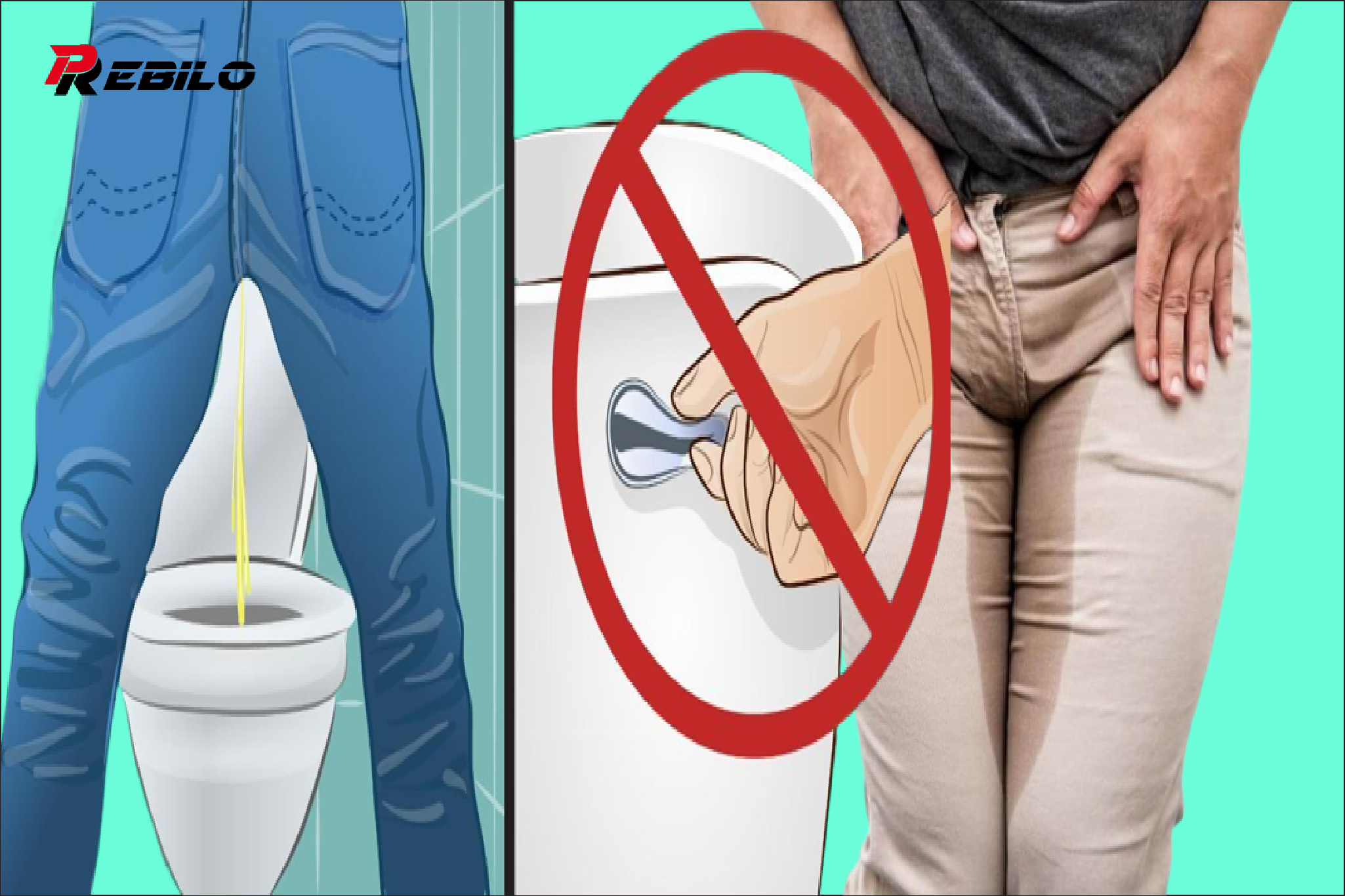Reasons that prompt you to clean the toilet after urinating that you may not know
Water Use: Explain how much water a typical stream uses and the environmental impact of excessive water consumption.
“If it’s yellow, let it be mellow” debate: Discuss the pros and cons of the “if it’s yellow, let it be mellow” approach and its implications for water conservation.
Low-Flow Toilets: Highlight the importance of modern, efficient toilets that use less water per flush.
Individual Responsibility: Encourage readers to take responsibility for conserving water through simple actions such as cleaning up after urinating.
Section 3: Odor control and aesthetics
Odor Management: Explain how cleaning helps control bathroom odors and maintain a more pleasant atmosphere.
Aesthetics and Cleanliness: Discuss how a flush toilet contributes to a cleaner, more visually appealing bathroom.
Section 4: Prevent plumbing problems
Urine Crystals and Stains: Explain how urine can cause crystals and stains to form in the toilet bowl.
Long-Term Damage: Discuss the potential damage to plumbing and toilet systems caused by neglecting to clean up after urination.
Maintenance Costs: Highlight how regular cleaning can save you money on plumbing repairs in the long run.
Section Five: Etiquette and Respect
Consideration of others: Emphasize the importance of being considerate of others who may use the same bathroom.
Home Etiquette: Discuss the importance of teaching good bathroom habits to children and family members.
Conclusion
Summary: Summarize the main points discussed in the article.
Final Thoughts: Reiterate the importance of flushing the toilet after urinating for hygiene, water conservation and common courtesy.
Call to Action: Encourage readers to adopt responsible bathroom habits and contribute to a cleaner, more sustainable world.
the reviewer


